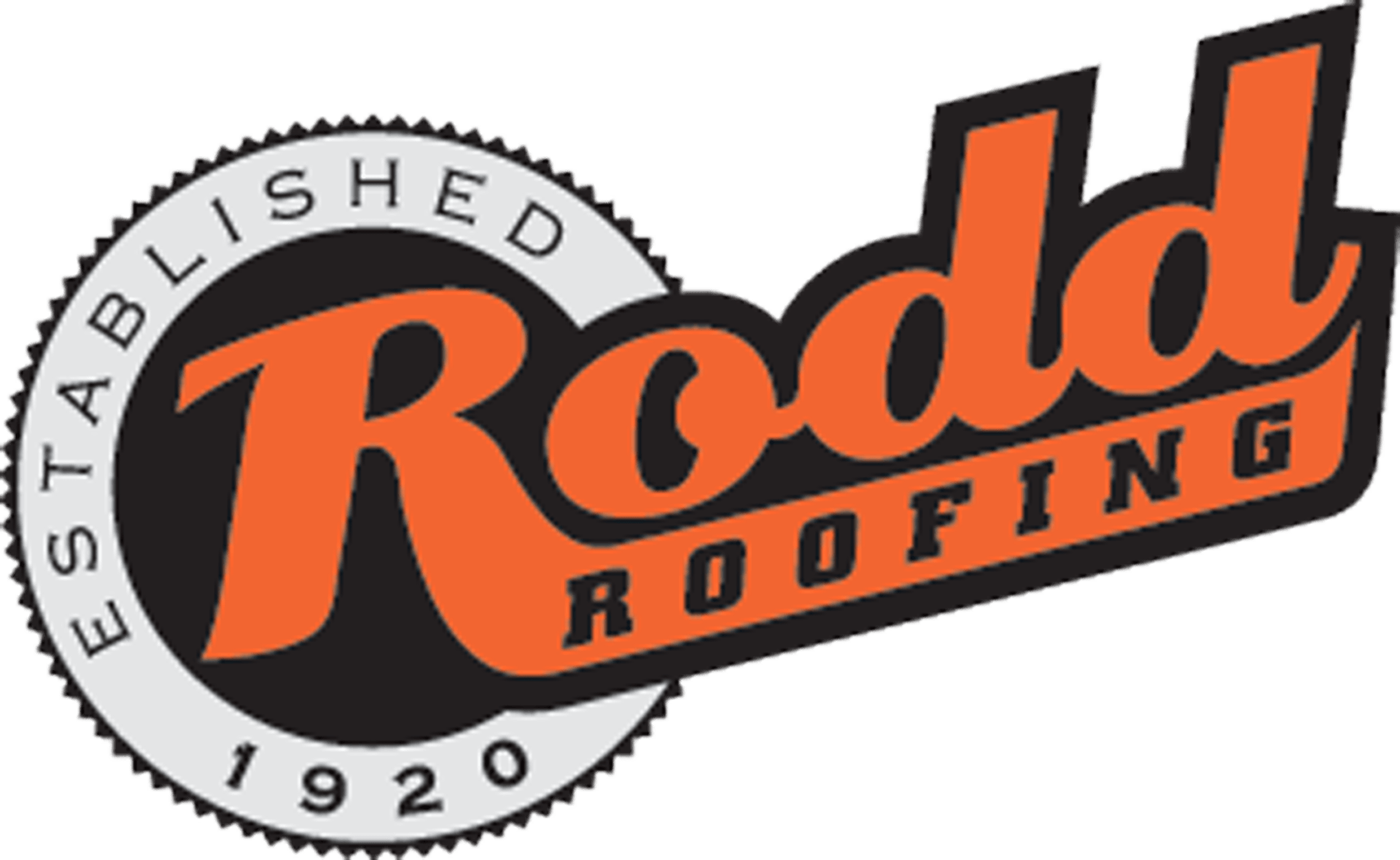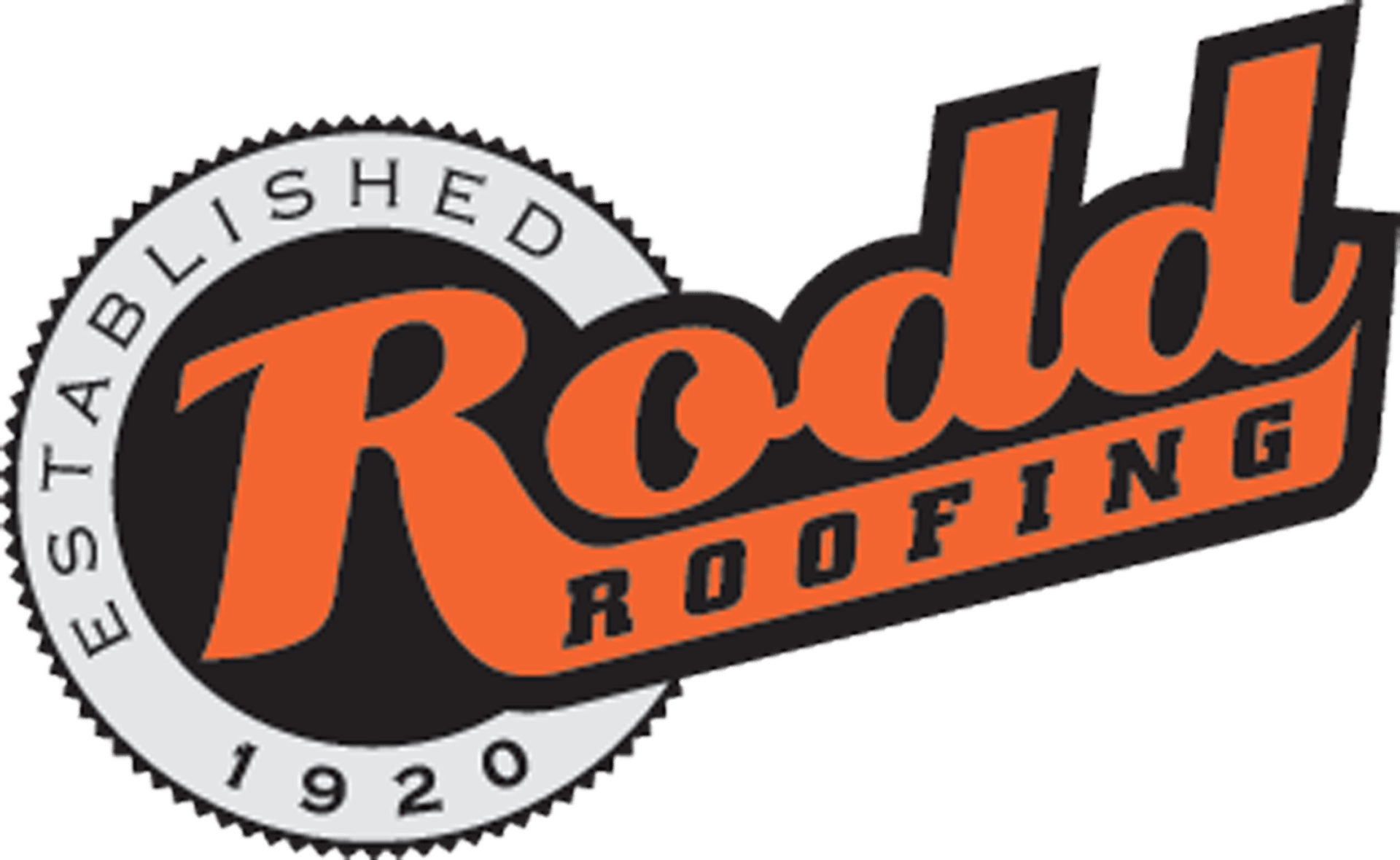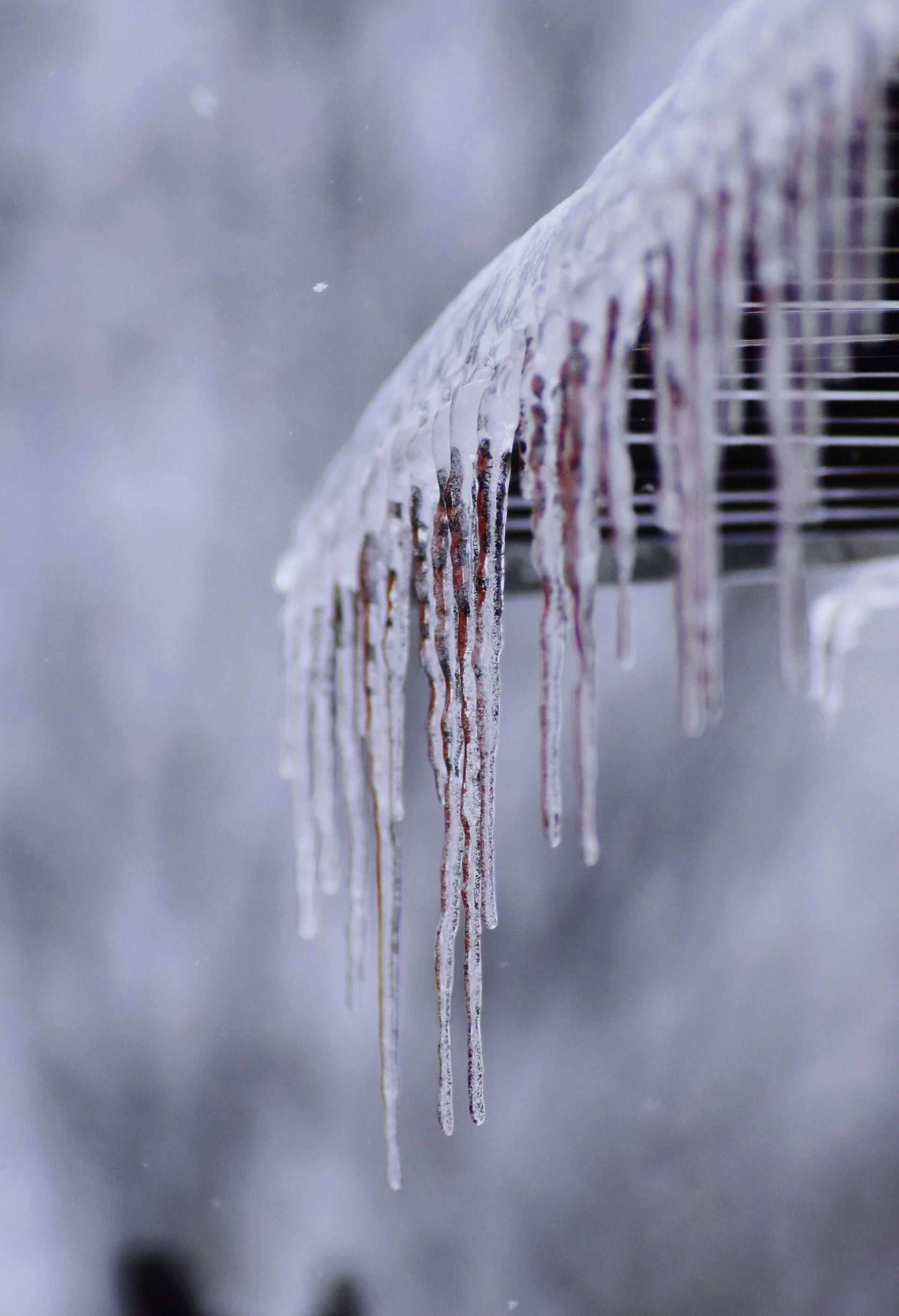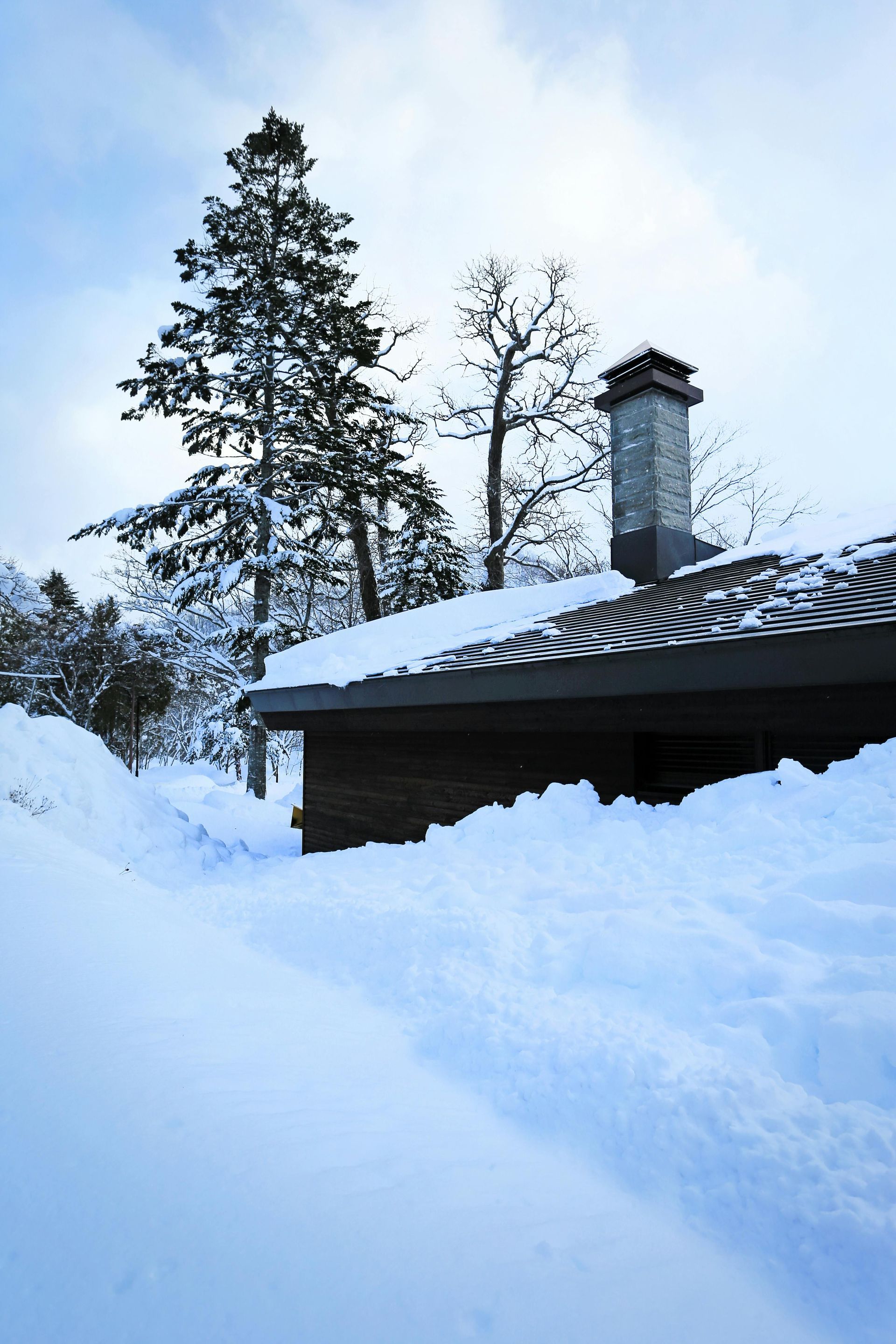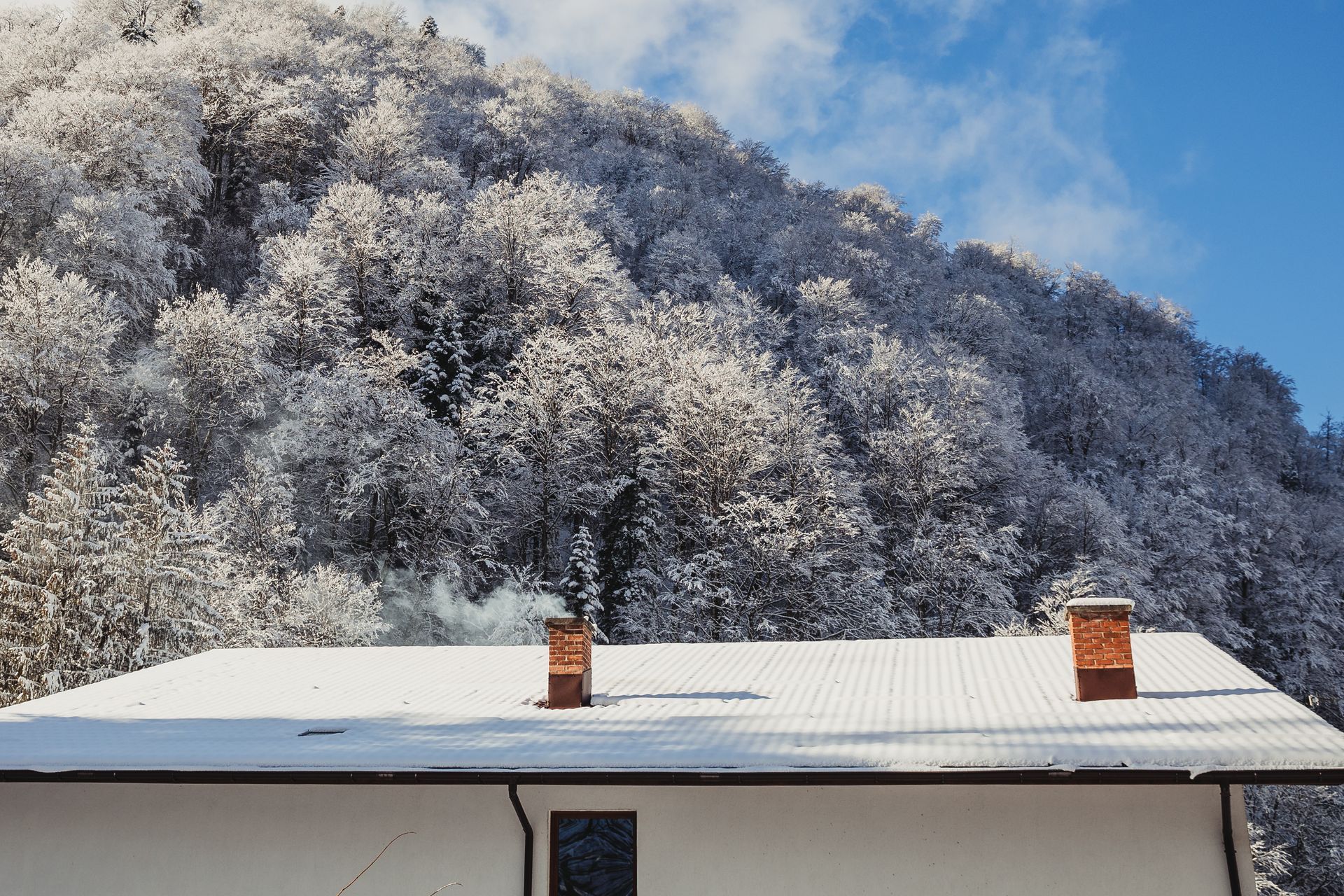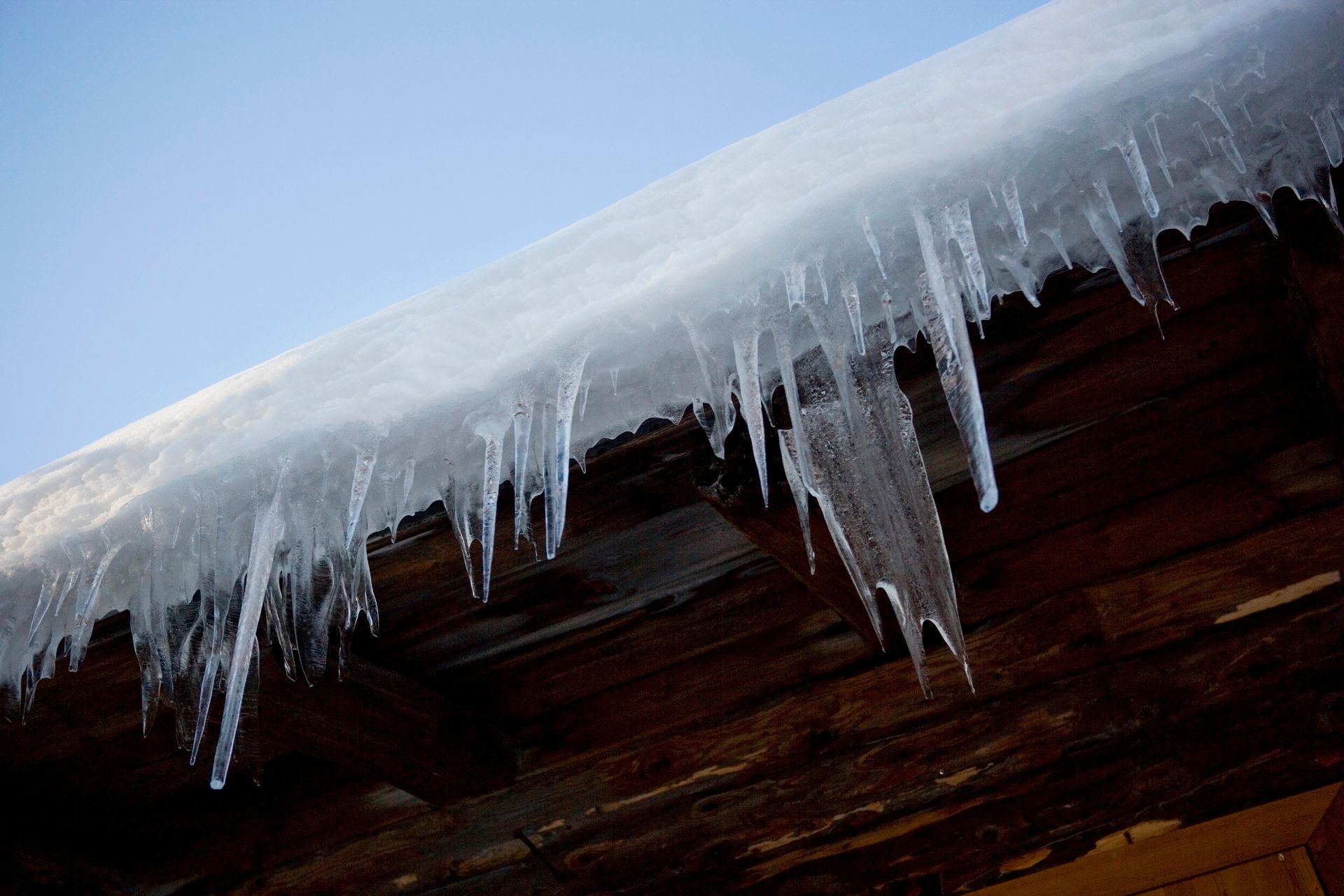Important Roofing Terminology for Homeowners
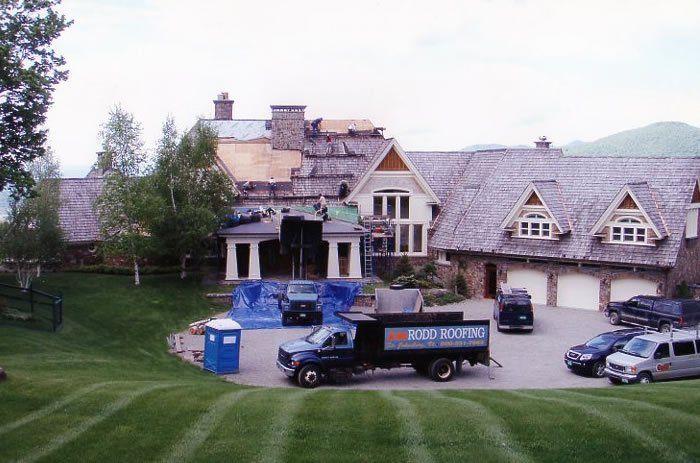
Roofing 101:
Key Terms Every Homeowner Should Know
When it comes to roofing, understanding the terminology can be incredibly helpful for homeowners. Whether you're considering a new roof, repairs, or simply want to be more informed, knowing the right terms can make all the difference. Here's a guide to some essential roofing terminology every homeowner should know.
Shingles
Shingles are the individual pieces or elements that overlap one another to cover the roof. They come in various materials, including asphalt, wood, slate, and metal. Asphalt shingles are the most common in residential roofing due to their affordability and durability.
Underlayment
Underlayment is a protective layer installed between the roof deck and the shingles. It acts as a barrier to moisture and helps prevent water from penetrating the roof structure. Common types of underlayment include felt paper and synthetic materials.
Roof Deck
The roof deck, or sheathing, is the base on which the roofing materials are installed. Typically made of plywood or oriented strand board (OSB), the deck provides structural support and a solid surface for attaching shingles.
Flashing
Flashing is a thin material, usually metal, installed at various points on the roof to prevent water seepage. It's commonly found around roof penetrations such as chimneys, vents, and skylights, as well as in valleys where roof planes meet.
Ridge & Ridge Vent
The ridge is the highest point of the roof where two roof planes meet. A ridge vent is installed along this line to allow warm, humid air to escape from the attic, promoting better ventilation and reducing the risk of moisture-related problems.
Eaves & Soffits
Eaves are the edges of the roof that overhang the exterior walls of the house. Soffits are the undersides of these overhangs. Properly ventilated soffits help regulate attic temperature and prevent moisture buildup.
Gutters & Downspouts
Gutters are channels installed along the edges of the roof to collect and direct rainwater away from the house. Downspouts are vertical pipes that carry the water from the gutters down to the ground, preventing damage to the foundation and landscaping.
Pitch
Pitch refers to the slope or angle of the roof. It's expressed as a ratio of the vertical rise to the horizontal run. A steeper pitch allows for better water drainage and can impact the types of materials suitable for the roof.
Valleys
Valleys are the low points where two roof planes intersect, creating a V-shaped channel. Properly installed valley flashing is crucial for directing water off the roof and preventing leaks.
Ice & Water Shield
An ice and water shield is a self-adhering membrane applied to vulnerable areas of the roof, such as eaves and valleys. It provides extra protection against water infiltration, especially in regions prone to ice dams.
Understanding these roofing terms can empower you to make informed decisions about your roof's care and maintenance. Whether you're discussing options with a contractor or troubleshooting a problem, a solid grasp of roofing terminology will ensure you're well-equipped to protect your home.
